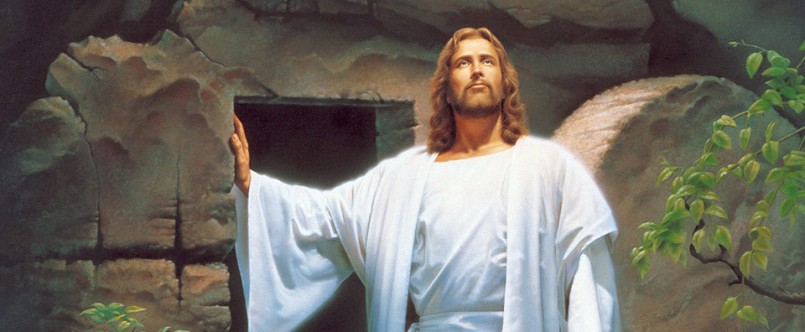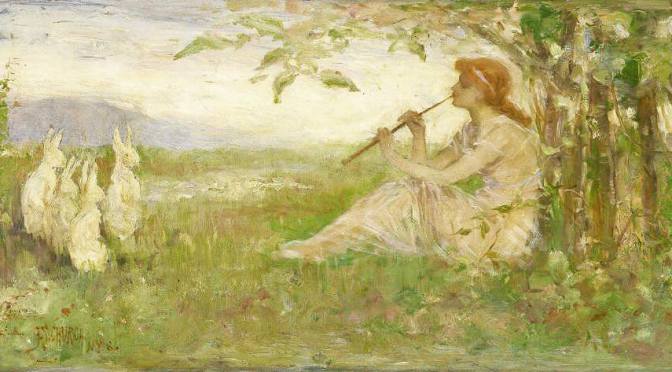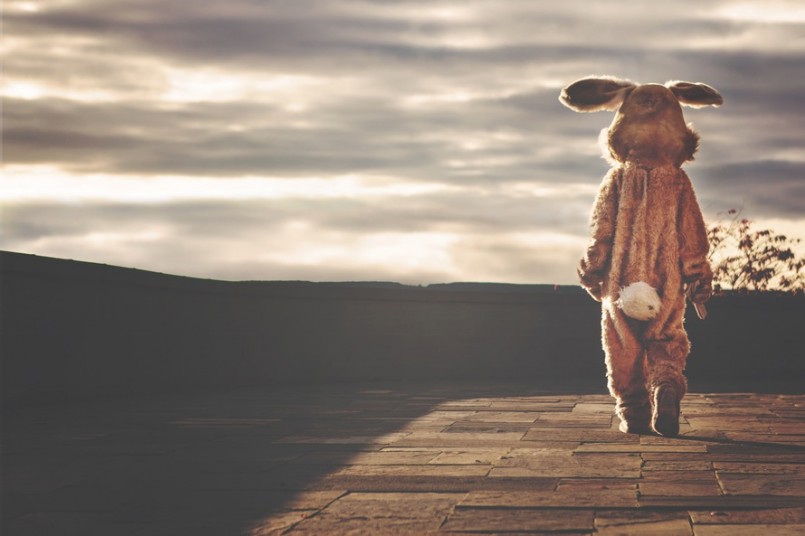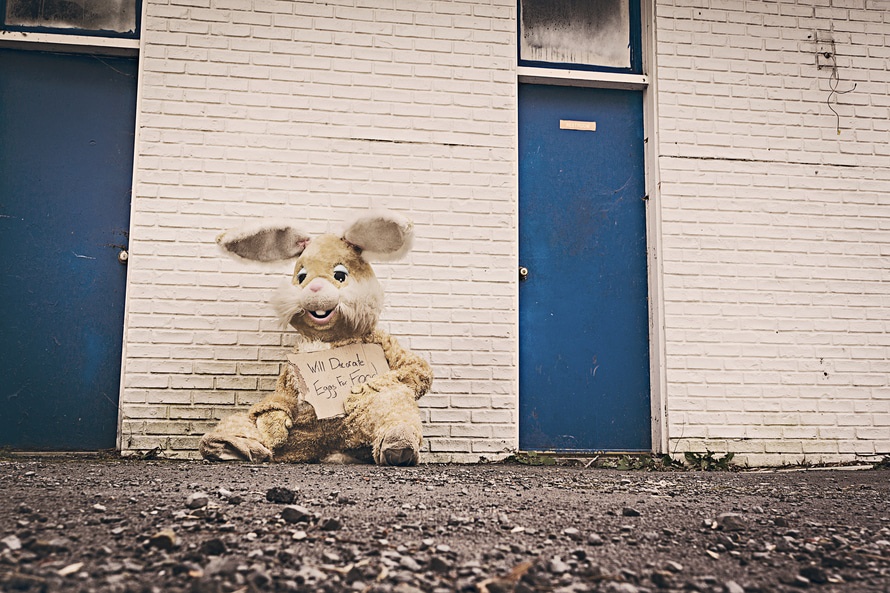With Easter quickly approaching, many are scrambling to pick up big bags of candy and packs of colored dye for the western world’s most famous spring-time holiday. Whether you celebrate Easter as a religious day, a secular event, or don’t care about it at all, you’ve undoubtedly been affected by it in some way, at some point in your life.
But what is Easter? How did it become the holiday that it is today—symbolized by large rabbits and Reese’s cups shaped like eggs?
The truth is that the history of Easter is full of environmental appreciation, cultural appropriation, assimilation, and last but not least, corporate cash-grabs.
The Christian Easter

It is often forgotten, even by Christians, that Easter is not a single day—it is an entire season. Beginning Easter Sunday and lasting 50 days through the Feast of Pentecost, Easter is the most important Christian holiday on the Calendar. It celebrates Jesus’s death (Good Friday) and Resurrection (Easter Sunday), and is the most heavily-attended service of the year.
But these Christian ideas have nothing to do with rabbits, spring, candy, or any of the other popular Easter items you probably see thrown about your local supermarket or drugstore. Why? Because they aren’t connected at all.
So how did these items and symbols become so closely connected with a holiday that celebrates the sacrifice and resurrection of the savior to almost 1/3 of the world’s population? Money. That’s how.
Quick Facts About Easter And Money
- Americans now spend more on candy over the Easter holiday than for any other occasion, including Halloween. While an average of $2.1 billion will be spent on Halloween candy, a whopping $2.4 billion will be spent on Easter candy.
- 83% of American parents who celebrate Easter plan on buying their children some sort of Easter basket.
- The average American spends 50% more money on Easter candy for egg hunts than on Halloween candy for trick-or-treaters.
- 81% of American parents sneak candy from their children’s baskets or buy candy that they know will eventually be given to them by their children. Pretty sneaky, sis!
Knowing all this, it’s not hard to imagine why large corporations push the Easter holiday so hard in their stores. With such large amounts of money being spent, candy and retail companies would be insane not to make sure that the trend continues.
By adopting such an important holiday to a HUGE portion of the country, big business has almost guaranteed itself a consistent and reliable source of annual revenue.
Now you might be asking yourself an important question—what types of monsters would take a religious celebration, celebrated as sacred by many people, and attach to it something completely unrelated in order to spread a product they need to sell?
Meet Eostre (Eastre) – The Pagan Spring Goddess

Eostre, the Saxon goddess of fertility and spring, was worshipped in Northern Europe, primarily before the arrival and mass adoption of Christianity by the inhabitants starting in 597 A.D. Symbolized and often associated with the spring season, blooming flowers, rain, and of course, rabbits, Eostre was seen as the embodiment of nature in its most pleasant form.
Before the arrival of the Christianity in Northern Europe, the Romans did celebrate Jesus’s resurrection with a feast holiday called Pascha. By the 2nd century, most of the religious traditions that Christians carry on today were established or at least practiced in some rudimentary form. But by the late 8th century, the holiday began to be seen written down as the “Month of Eostre” in religious canonical texts and supplementary writings.
By adopting the name and symbols of the Anglo-Saxon spring festival and continuing to celebrate the religious rituals associated with Jesus Christ and Pascha, the foreign Christian forces could more easily assimilate the conquered Saxon people into their religion.

So when we think about how materialistic Easter has become or how much money is being made off of something so sacred, let’s remember that cultural appropriation isn’t a new concept. Symbols, beliefs, and names are borrowed from other cultures every single day and that will most likely continue to happen.
Perhaps instead of blowing tons of money on Easter baskets and decorations, we should all do the one thing that spans all cultures, languages, and customs—spend time with our families and loved ones. If that time spent with your family is made better by including chocolate eggs, giant bunnies, and marshmallow chicks, by all means, have at it. Just don’t make the mistake of thinking that any of them have anything to do with Jesus.



